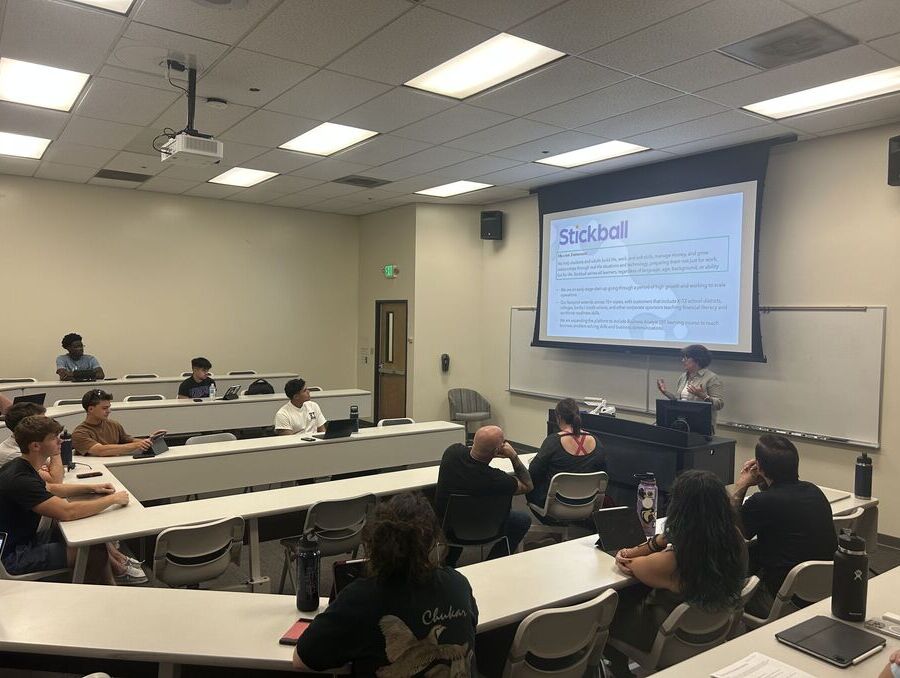Best practices for avoiding ableist terminology
The best rule is to use the terminology preferred by the person or group being addressed
A lot has been written about the best words and phrases to use when communicating about disability, and, especially as views on such things are always changing, it can be difficult to decide what guidelines to follow. As someone who writes about ableist rhetoric, I’m frequently asked about the best practices for choosing the right words.
I believe the best answer, which is often not easy to apply, is what I’ll call here “The First Rule”:
Use the terminology preferred by the person or group being addressed.
This means that you may need to learn or ask about preferences before you can determine what is appropriate. But since this is not always possible, sometimes you should employ general guidelines when choosing your words carefully.
Here are some basic rules agreed upon by most of those who express a concern about ableist terminology.
- Don’t use terms that describe disabilities in phrases that rely on these terms’ negative and ableist connotations. For example, “blind review” relies on equivocating blindness with ignorance, as it seeks to express the idea that the reviewer and author do not know who each other are. The same concept can be conveyed by “anonymous review” and, because this refers to a common academic practice, “peer review” works as well. The recommendation applies to such phrases as “that’s a lame idea,” “he turned a deaf ear to the truth,” “that plan that doesn’t have any legs,” and “that’s insane!”
- Don’t use words referring to disabilities and conditions in ways that perpetuate ableist assumptions. “Wheelchair bound,” for example, implies that the wheelchair is a restraint instead of a vehicle. “Wheelchair user” is more accurate, just as effective, and does not have an ableist connotation.
- Don’t use outdated words such as “handicapped,” “retarded,” “Mongoloid,” and “midget,” as these reflect archaic and degrading ableist ideas about disabilities.
- Don’t use sugar-coated “politically correct” terms that mock the importance of labels and terminology and/or deny the importance of disability. For example, most consider “handi-capable,” “differently abled,” and “height-challenged” to be infantilizing and demeaning.
- Don’t use terms that present disability as a tragedy and/or evoke pity, as these promote the harmful “inspirational cripple” stereotype. For example, do not refer to someone as a “victim of” or “afflicted by” a disability.
While the above guidelines are fairly well established, some ideas have become more controversial. Recently, the formerly preferred practice of using “person first language” (for example, “person who is blind,” “person with quadriplegia,” or “people with disabilities”) has been criticized by many who argue that this implicitly accepts the idea that a disability diminishes a person. The new, and increasingly preferred practice, is called “identity first” language (for example, “a blind person” or “the disabled”), as it works to recognize how a disability can be central to who a person is. This is generally preferred by those who often capitalize their disability when used to identify themselves, as in “I’m Deaf” or “We are Autistic.”
Since many people have different views on this, I recommend being prepared to switch from one to the other if you realize that the one you are using is not desired (see The First Rule).
For more information about “identity first” language, see:
- Brown, Lydia. “Identity-First Language.” Reprint of “The Significance of Semantics: Person-First Language: Why It Matters.” Autistic Self Advocacy Network.
- Haller, Beth. “Journalists Should Learn to Carefully Traverse a Variety of Disability Terminology.” National Center on Disability and Journalism, January 7, 2016.
- Métraux, Julia. “Canadian Media Needs to Take Further Steps in Recognizing Diverse Preferences in Disability Language.” J Source: The Canadian Journalism Project, November 29, 2019.
- “Respectful Disability Language: Here’s What’s Up!” National Youth Leadership Network and Kids As Self Advocates, 2006.
James L. Cherney is an Associate Professor in the Department of Communication Studies at the University of Nevada, Reno. His 2019 book Ableist Rhetoric: How We Know, Value, and See Disability is available from The Pennsylvania State University Press.














